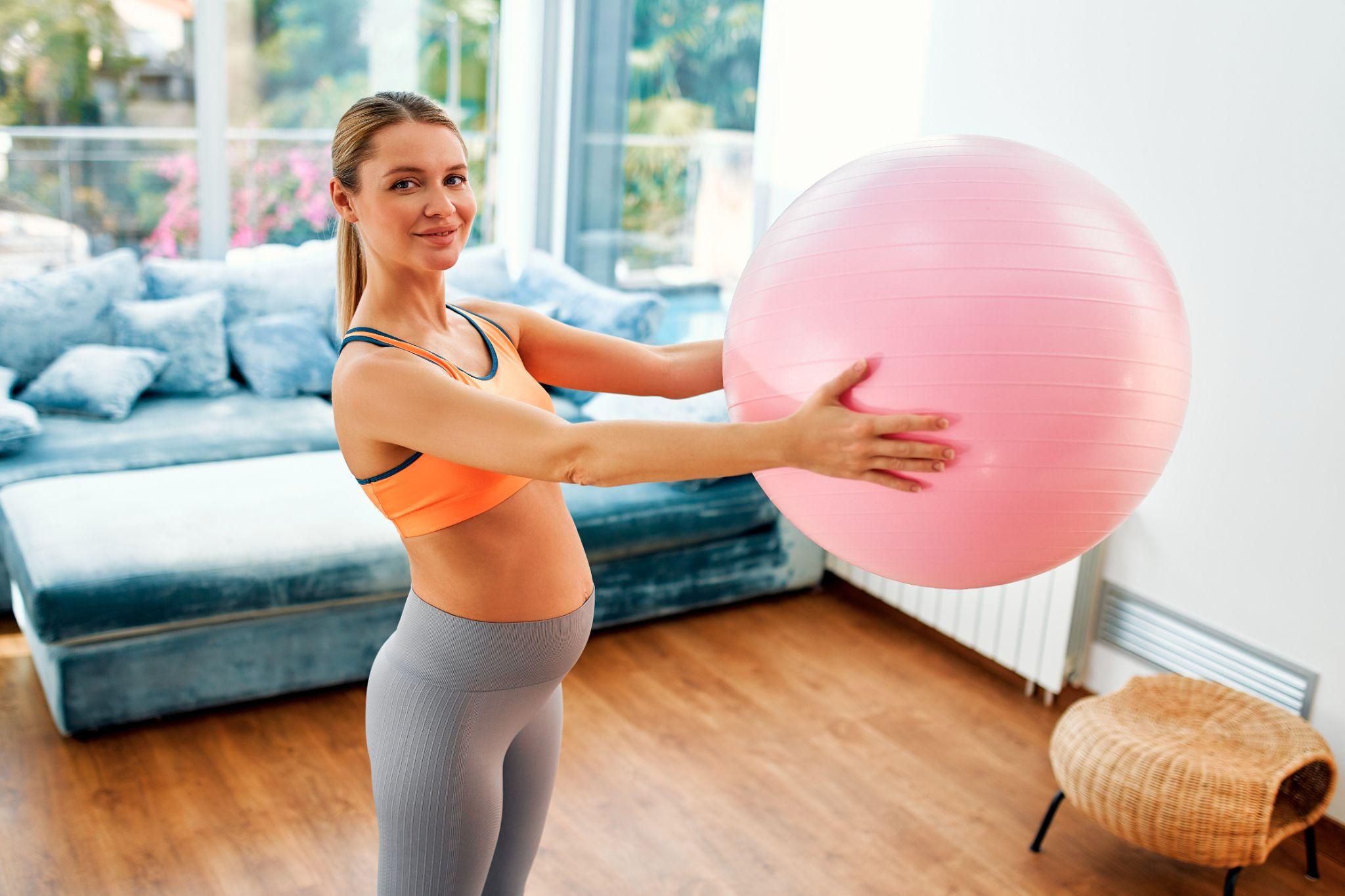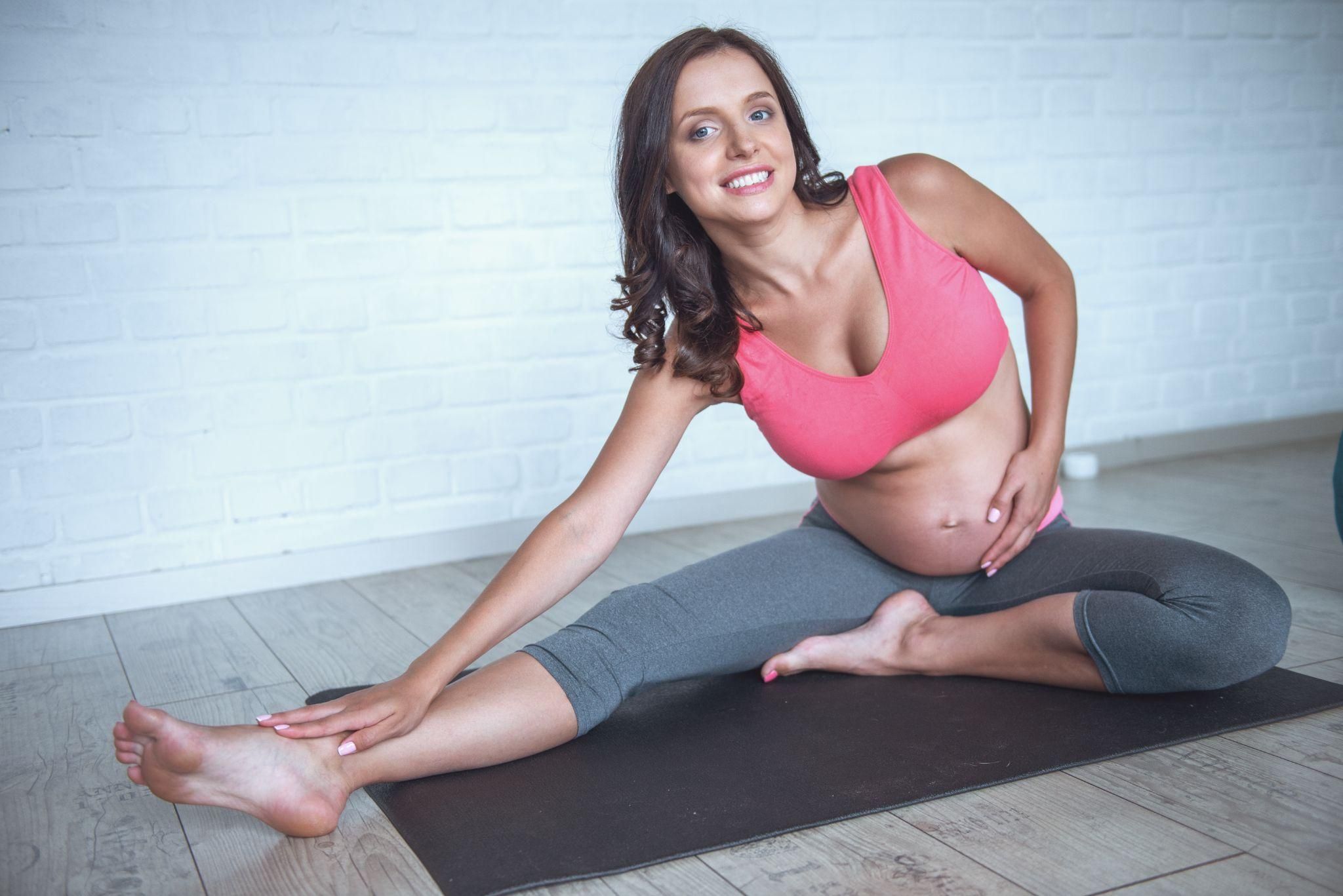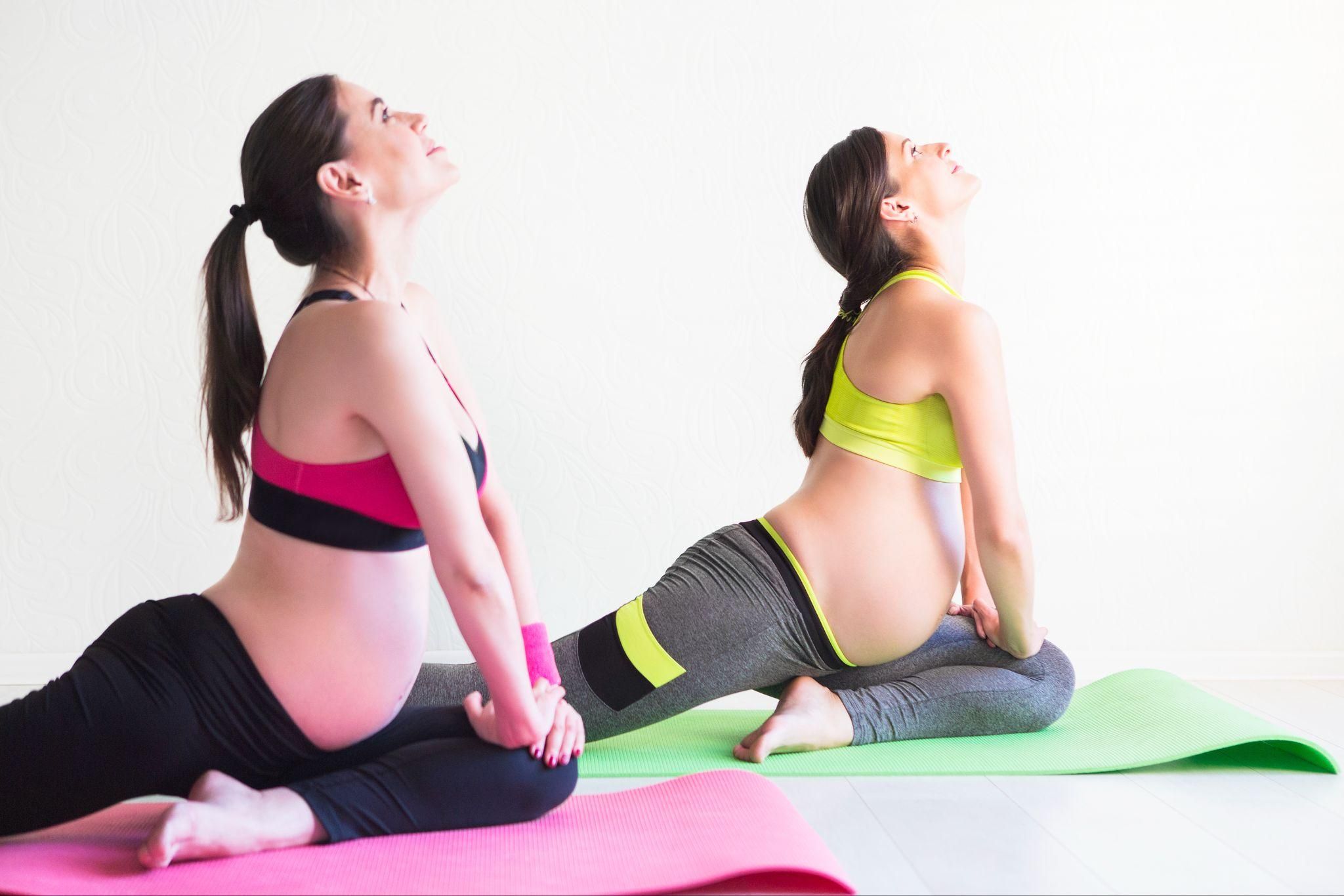Maintaining an active lifestyle during pregnancy is one of the best ways to support both your own health and your baby’s development. In the UK, many expectant mothers are encouraged to integrate gentle exercise into their routine, not only to manage pregnancy symptoms but also to enhance well-being and prepare the body for labour. This guide explains the advantages of staying active during pregnancy, safe exercise options, and how exercise can contribute to an empowered and healthy pregnancy journey.
Benefits of Staying Active During Pregnancy
Regular physical activity during pregnancy offers numerous physical and emotional benefits. From improved circulation to reduced stress, exercise is a powerful tool for both body and mind. Here’s why staying active can make a difference in your pregnancy:
Boosts Circulation: Exercise encourages blood flow, reducing swelling and helping to prevent conditions like varicose veins.
Manages Pregnancy Symptoms: Activity helps reduce common pregnancy issues such as back pain, bloating, and constipation.
Improves Mood and Reduces Stress: Physical activity releases endorphins, which can enhance mood, ease anxiety, and improve sleep quality.
Supports Healthy Weight Gain: Exercise helps maintain a healthy weight, which can reduce the risk of gestational diabetes and other pregnancy complications.
Prepares the Body for Labour: Staying active builds strength and endurance, which can be beneficial during labour and delivery.
Many antenatal clinics, private and NHS, provide advice on safe exercise routines or offer classes specifically for pregnant women, ensuring you can stay active in a safe and supportive environment.
Safe Exercises for Each Trimester
While staying active is highly beneficial, it’s important to modify exercise routines as your body changes throughout pregnancy. Below are safe exercises for each trimester, focusing on strength, flexibility, and balance.
First Trimester: Building a Foundation
During the first trimester, gentle activities can help establish a foundation for a healthy pregnancy. This is a time to focus on light exercises that build strength without putting strain on the body.
Walking
How to Practise: A brisk 20-30 minute walk is an excellent low-impact exercise. Find a scenic route, breathe deeply, and enjoy the outdoors.
Benefits: Walking helps maintain cardiovascular fitness, improves circulation, and supports mental well-being.
Prenatal Yoga
How to Practise: Look for prenatal yoga classes designed specifically for pregnancy. These focus on gentle stretches and breathing exercises.
Benefits: Yoga improves flexibility, reduces stress, and introduces breathing techniques that are helpful for labour.
Pelvic Floor Exercises
How to Practise: Sit comfortably and tighten your pelvic floor muscles as if you’re trying to stop the flow of urine. Hold for a few seconds, then release.
Benefits: Strengthening the pelvic floor can help manage incontinence and prepare the body for childbirth.
Second Trimester: Focusing on Strength and Balance
As you enter the second trimester, many mothers feel an increase in energy. This is a good time to incorporate strength-building exercises that support your growing body.
Swimming
How to Practise: Swimming or water aerobics are gentle on the joints and provide full-body conditioning.
Benefits: The buoyancy of water relieves pressure on the joints, making it ideal for reducing back pain and supporting overall fitness.
Stationary Cycling
How to Practise: A stationary bike allows you to maintain balance while getting a cardiovascular workout. Aim for 20-30 minutes of moderate cycling.
Benefits: Cycling improves leg strength, which helps support your changing body as pregnancy progresses.
Modified Squats
How to Practise: Stand with feet hip-width apart, slowly lower into a squat, then push back up to standing. Use a chair or wall for balance if needed.
Benefits: Squats strengthen the legs, glutes, and pelvic floor, which can ease lower back pain and support you during labour.
Third Trimester: Emphasising Flexibility and Preparation for Labour
In the final trimester, your body is preparing for birth. Gentle movements and stretching exercises help with flexibility and relieve physical discomfort.
Pelvic Tilts
How to Practise: Start on your hands and knees in a tabletop position. Slowly arch your back, then gently release. Repeat for 10-15 reps.
Benefits: Pelvic tilts help alleviate lower back pain and encourage good posture, which can relieve tension as your bump grows.
Cat-Cow Stretches
How to Practise: Begin in a tabletop position. Inhale as you arch your back (Cow Pose) and exhale as you round your spine (Cat Pose).
Benefits: This stretch relieves back tension, promotes spinal alignment, and helps with flexibility, which can be beneficial during labour.
Side-Lying Leg Lifts
How to Practise: Lie on one side with your legs stacked, then lift the top leg and lower it back down. Perform 10-15 reps on each side.
Benefits: This exercise strengthens the hip and thigh muscles, supporting pelvic stability and preparing you for labour positions.
Breathwork Techniques to Support Pregnancy and Labour
In addition to physical exercise, breathing techniques are essential for maintaining calm and managing discomfort. Practising breathwork regularly can help you feel more in control during pregnancy and may provide comfort during labour.
Diaphragmatic Breathing
How to Practise: Place one hand on your chest and the other on your belly. Inhale deeply through your nose, allowing your belly to rise. Exhale slowly through your mouth.
Benefits: This deep breathing method calms the nervous system, reducing stress and promoting relaxation.
4-7-8 Breathing
How to Practise: Inhale for a count of four, hold for seven, and exhale for eight. Repeat for several rounds, focusing on a slow, steady rhythm.
Benefits: The 4-7-8 technique is particularly effective for reducing anxiety and can help you stay grounded during moments of discomfort.
Counting Breath
How to Practise: Breathe in deeply for a count of three, then exhale for a count of five. Increase the count as you become more comfortable.
Benefits: This technique encourages focus and helps with relaxation, which can be especially helpful during contractions.
Practical Tips for Exercising Safely During Pregnancy
When incorporating exercise into your pregnancy routine, safety is essential. Here are some practical tips to keep in mind:
Consult Your Doctor or Midwife: Before beginning any new exercise, discuss your plans with your medical team to ensure it’s appropriate for your individual health needs.
Stay Hydrated: Drink water before, during, and after exercise to prevent dehydration, which is especially important during pregnancy.
Wear Supportive Clothing: Comfortable, supportive clothing and footwear can help you move freely and reduce the risk of injury.
Listen to Your Body: Avoid pushing yourself too hard; if you feel dizzy, short of breath, or experience any discomfort, take a break.
Prioritise Consistency Over Intensity: Gentle, regular exercise is far more beneficial during pregnancy than high-intensity workouts. Aim for 20-30 minutes most days.
Finding Support and Classes in the UK
The NHS offers various resources and guidance on safe antenatal exercises, with many NHS trusts offering free or low-cost antenatal classes focused on fitness, breathwork, and relaxation techniques. Additionally, private clinics and fitness centres often provide antenatal yoga, pilates, and other prenatal exercise classes tailored specifically for expecting mothers.
Attending these classes can also provide a sense of community and support, as you’ll be able to meet other expectant mothers who are navigating similar experiences. If attending in person isn’t possible, many UK-based organisations and fitness instructors offer virtual classes, making it easier than ever to stay active from the comfort of your home.
Staying active during pregnancy is one of the most empowering choices you can make for both your own health and your baby’s well-being. From easing common discomforts to supporting mental clarity, antenatal exercises that include gentle movement and breathwork prepare you physically and mentally for labour and the postpartum period. As you move through each trimester, remember that even small, consistent efforts can make a big difference in how you feel.
By consulting your doctor or midwife, attending local or online antenatal classes, and incorporating gentle exercises and breathwork into your routine, you can enjoy a healthier, more balanced pregnancy journey. Embrace the power of staying active, and enjoy the many benefits it brings for both you and your baby.
References
- The Ultimate Antenatal Classes
Prepare for labour, birth, and baby care with nine experts, including senior NHS midwives and an award-winning obstetrician!
https://unii.com/en/journey/ultimate-antenatal-classes








